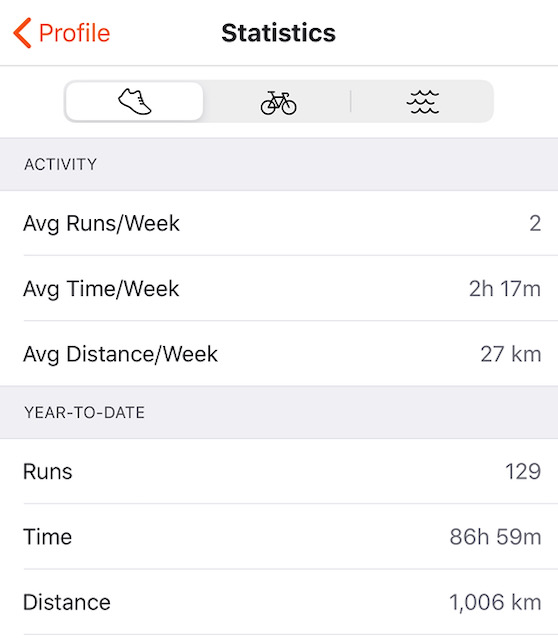Following the 1998 Asian Financial Crisis the New Zealand economy and the 1building industry went from strength to strength. We saw our sales go the same way and for several years in succession we overachieved our annual GRAPHISOFT Sales Targets.
Even before Lehman Brothers the New Zealand economy was suffering as a result of many ‘mezzanine’ finance lenders collapsing owing millions. In the end the GFC simply compounded the issues we were already facing in New Zealand.
As with the majority of bull runs, confidence (and risk taking) ran high, until suddenly it didn’t. We had customers caught our who had made significant purchases that they were suddenly unable to fund. Sales literally fell off a cliff.
We always measured license Sales according to whether they were to New Customers or Existing Customers. 2008 was a year of two-halves with our Existing Sales in the second half of 2008 dropping 86% relative to the first half.
For a number of months, we held on, we focused on minimising costs, I took no salary, we ran our overdraft to the max and we managed to keep our head above water. In the end we had to tighten our belts and let a couple of the team go, it was a tough time.
That said, it could have been a lot worse, and we were fortunate for a few things, and introduced a number of initiatives that helped us through.
Firstly, ARCHICADselect had grown sufficiently to be providing very healthy revenue. While our customers make have stopped purchasing extra licenses the majority continued to pay the Select Fees. In times of crisis (and in general) cash is king and profit comes second. With that in mind we offered all our Select Customers the option to switch from paying monthly, to paying annually up-front and in return we’d give them a 10% discount. Around 30% of the customer base took up this option (mostly at the larger end of the scale) and this helped bolster our cash reserves.
We did endure a number of cancellations from Select with the bottom being about 16% down from our Peak in mid-July 2008. Interesting the bottom came around 2010/11 (it was very bumpy for a long time, with new customers offsetting cancelations) and it took until 2014 for us to have the same number of licences on Select as we did in 2008.
Another initiative we brought in was a lower cost version of ArchiCAD called ArchiCADstart. Many firms were laying staff off, and this lower cost version allowed many ArchiCAD skilled people to purchase and set themselves up. We also allowed customers to sell licenses to staff they were letting go.
All through this period GRAPHISOFT continued to release new versions of ARCHICAD on an annual basis with ArchiCAD 13 coming right in the middle but delivering some amazing Teamworking capabilities.
With these Annual Releases we had also started offering Upgrade Training to ensure customers could get the most out of it. Over the years leading up to the GFC this training revenue had become reasonably lucrative. However, the GFC and some customers forced a bit of a rethink.
We had some customers who after the GFC had ‘forgotten’ they previously paid for Upgrade Training and took exception to our charging for this service. While we had all suffered, we reflected on this and with a new focus on cost cutting we came up with a small iteration to the ARCHICADselect Service.
We always did a nationwide launch to show-off the new version and to get in front of our customers – in the early days this was extremely important, but it was starting to lose its significance while at the same time being a reasonably costly exercise. We therefore reshaped things and decided the Upgrade Training would become free for Select customers and that we would use the Training as the way we got in front of customers instead of the separate nationwide launch. In addition, we added a number of locations and started doing the Training in 15 cities around New Zealand instead of the previous 4-5.
Overall this further strengthened ARCHICADselect and while we lost the training revenue, we created an enormous amount of goodwill and also saved costs
The period surrounding the GFC taught me more about managing a business than any other period in my career. It was immensely stressful but equally rewarding to manage our way through it. We tightened our focus and our spending and had a leaner ship for the future. We also reinvented parts of our business to better serve our customers.
This became very important as during due to the length of the previous boom, and the subsequent staff layoffs many of our customers had more licenses then they required, so while they started growing again, there was a significant lag before they grew enough to warrant investing in further licenses. They did slowly add back licenses to ARCHICADselect though, so we steadily saw revenue increase again.
In an extremely sad irony, it was another ‘crisis’ that was the catalyst for the building industry being kick started again and that was the devastating 2011/12 Christchurch earthquakes.

